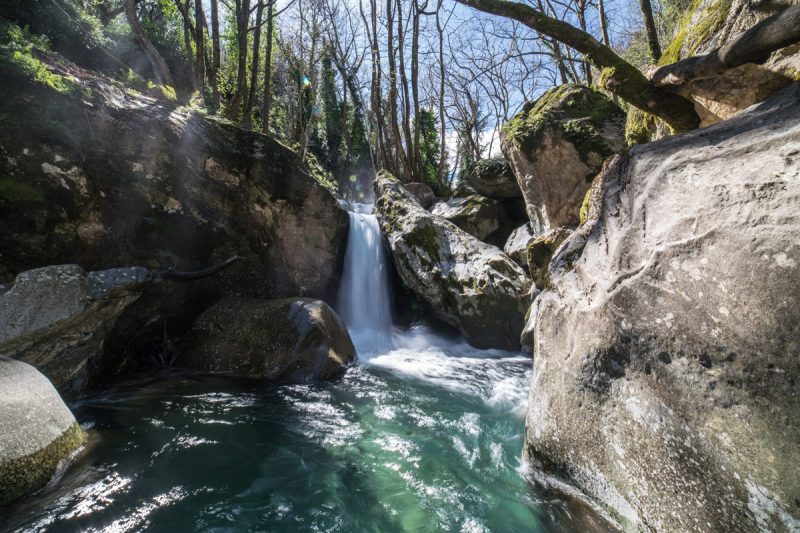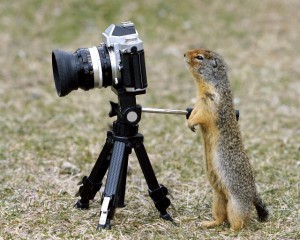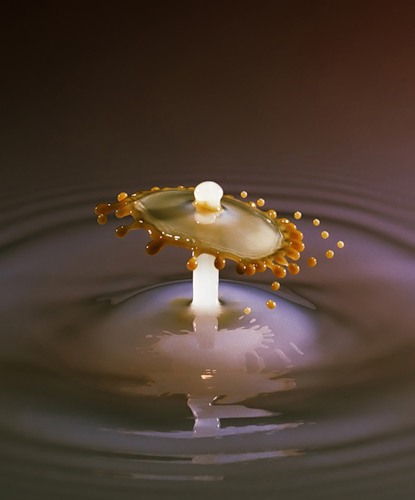removed by themselves
WHAT COLOR OF SNOWFLOT, OR HOW TO GET RID OF BLUE SNOW?
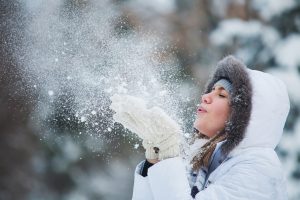 Snow! A great many of us love to watch white grains gently fall from the sky. A day off with children, full of running around and happy sledding and snowball shootout … who does not like that? And when in the evening, after a hearty and tasty dinner, you sit down at the processing of photos, it comes time to be surprised … Wait a second … why is the snow blue in half of the pictures? After all, there was no blue snow on the street!
Snow! A great many of us love to watch white grains gently fall from the sky. A day off with children, full of running around and happy sledding and snowball shootout … who does not like that? And when in the evening, after a hearty and tasty dinner, you sit down at the processing of photos, it comes time to be surprised … Wait a second … why is the snow blue in half of the pictures? After all, there was no blue snow on the street!
How to get rid of blue snow; Snow turns blue, because not all cameras “see” objects equally. The human eye and brain are still a thousand times better than the average camera when performing tasks such as determining contrast and color correction. For a healthy human eye, snow looks like daylight, for the most part like snow — that is, white veil of snow-white color. In the sun? White. In the shadow? White. Even in the dark of night, it usually looks white, unless it is painted with city lights. Continue reading
HOW TO PHOTOGRAPHY CHILDREN?
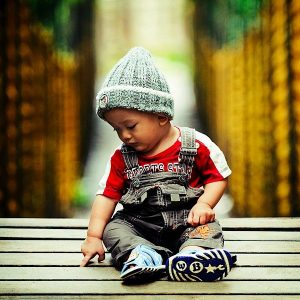 And again we will return to this issue, since it is always relevant. This article has collected some tips on child photography. They are described below in two parts: “Camera Setup” and “Shooting”. Meet, adopt and remember that nothing in the photo is a dogma.
And again we will return to this issue, since it is always relevant. This article has collected some tips on child photography. They are described below in two parts: “Camera Setup” and “Shooting”. Meet, adopt and remember that nothing in the photo is a dogma.
Start by switching the camera to aperture priority mode. This will allow you to have some creative control over the depth of field, which can be very important for portraits. If your camera does not have such a mode, it may have a “portrait” mode, which is worth a try to get nice fuzzy backgrounds.
Set your aperture to f / 5.6 to get started. This will throw the background out of focus (unless the children stand directly next to the wall), however, it will give you enough depth of field to keep the models’ faces in focus. Continue reading
ALEXANDER Sennikov. NATURALMS
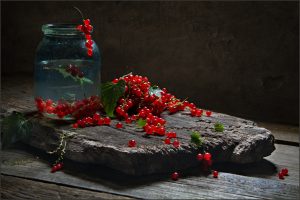 Today, my guest is a wonderful photographer Alexander Sennikov, who will please us with emotional and expressive still lifes. Looking at his work, you involuntarily feel a desire to embark on rapturous epithets. 🙂 However, Alexander’s photos are good not only because they bring forth warm memories – they are good “photographically”. Composition and light – the most important tools of any photographer – are used in the still lifes of the author competently and to the point.
Today, my guest is a wonderful photographer Alexander Sennikov, who will please us with emotional and expressive still lifes. Looking at his work, you involuntarily feel a desire to embark on rapturous epithets. 🙂 However, Alexander’s photos are good not only because they bring forth warm memories – they are good “photographically”. Composition and light – the most important tools of any photographer – are used in the still lifes of the author competently and to the point.
But Alexander himself writes about creating his still lifes:
“I have long liked to look at the site where I laid out my macro, photographs — still-lifes of various authors. It was thought that in order to shoot like that, you need some kind of special equipment – illuminators, reflectors, screens, backgrounds, and so on. Continue reading

